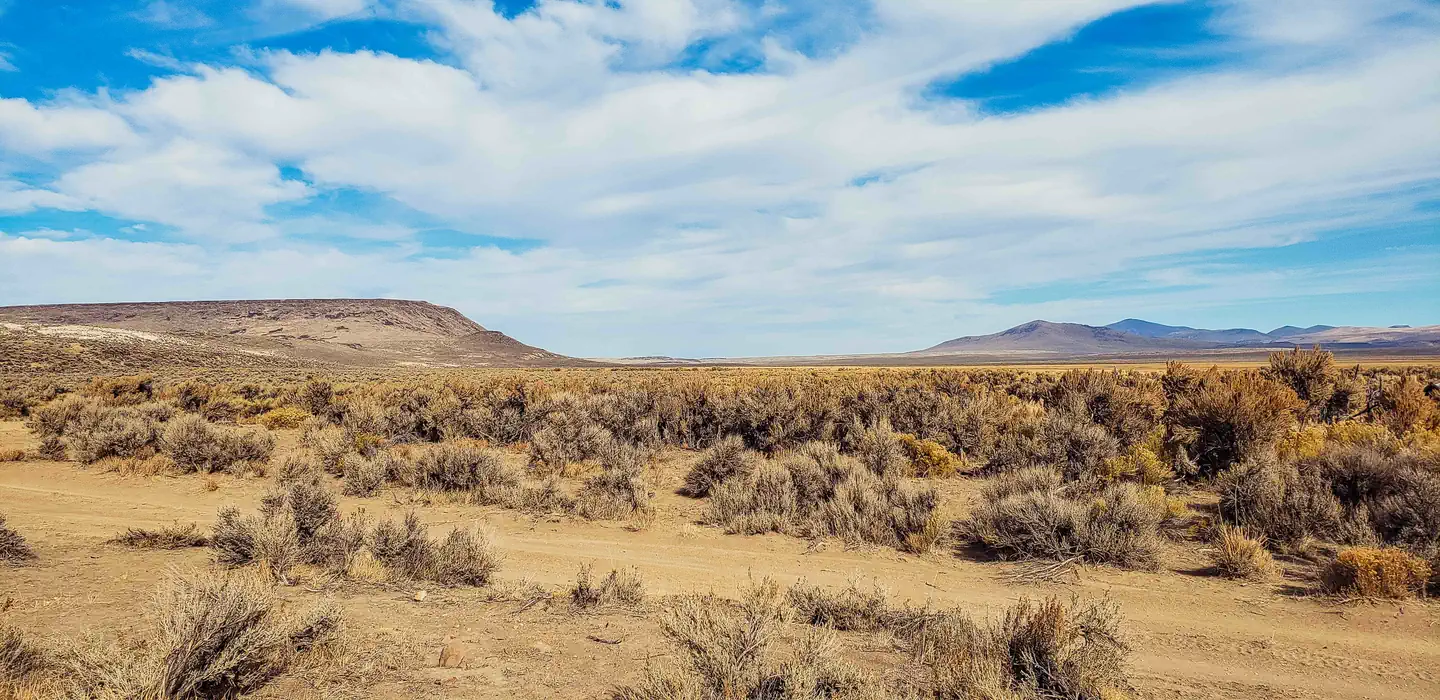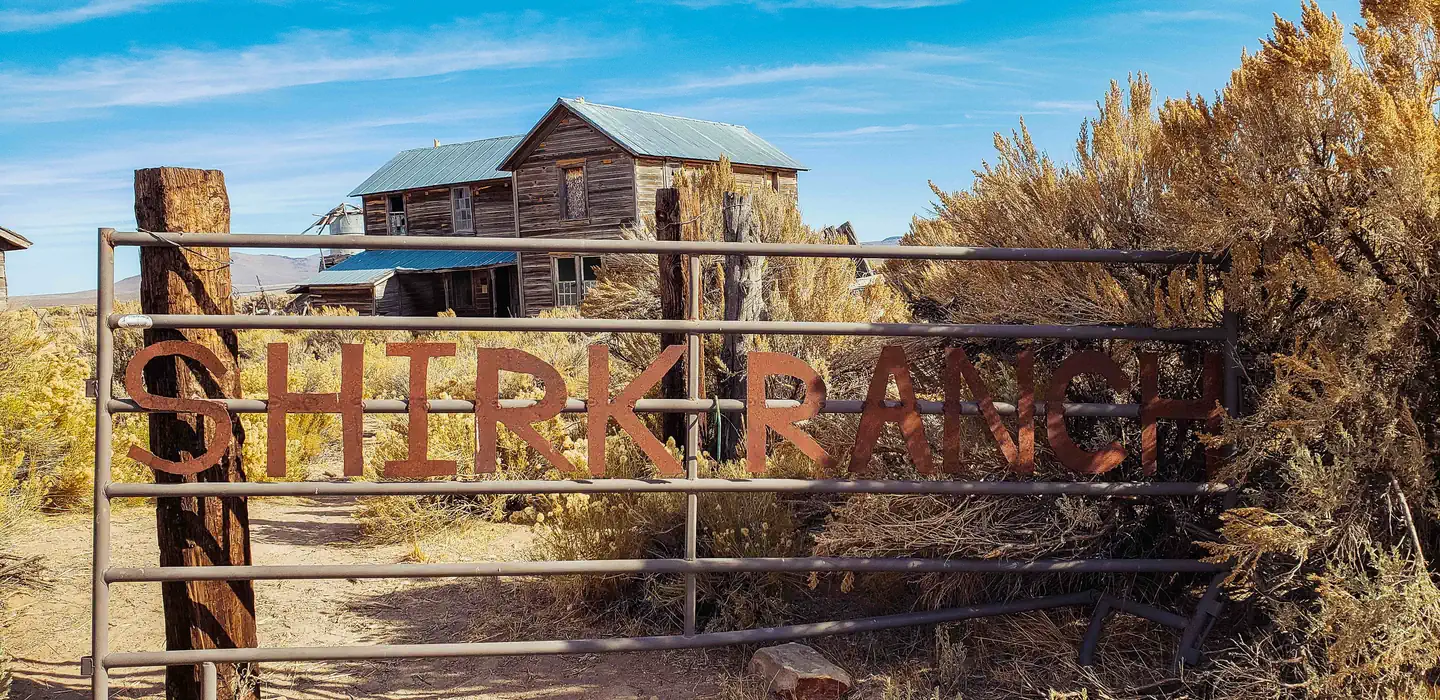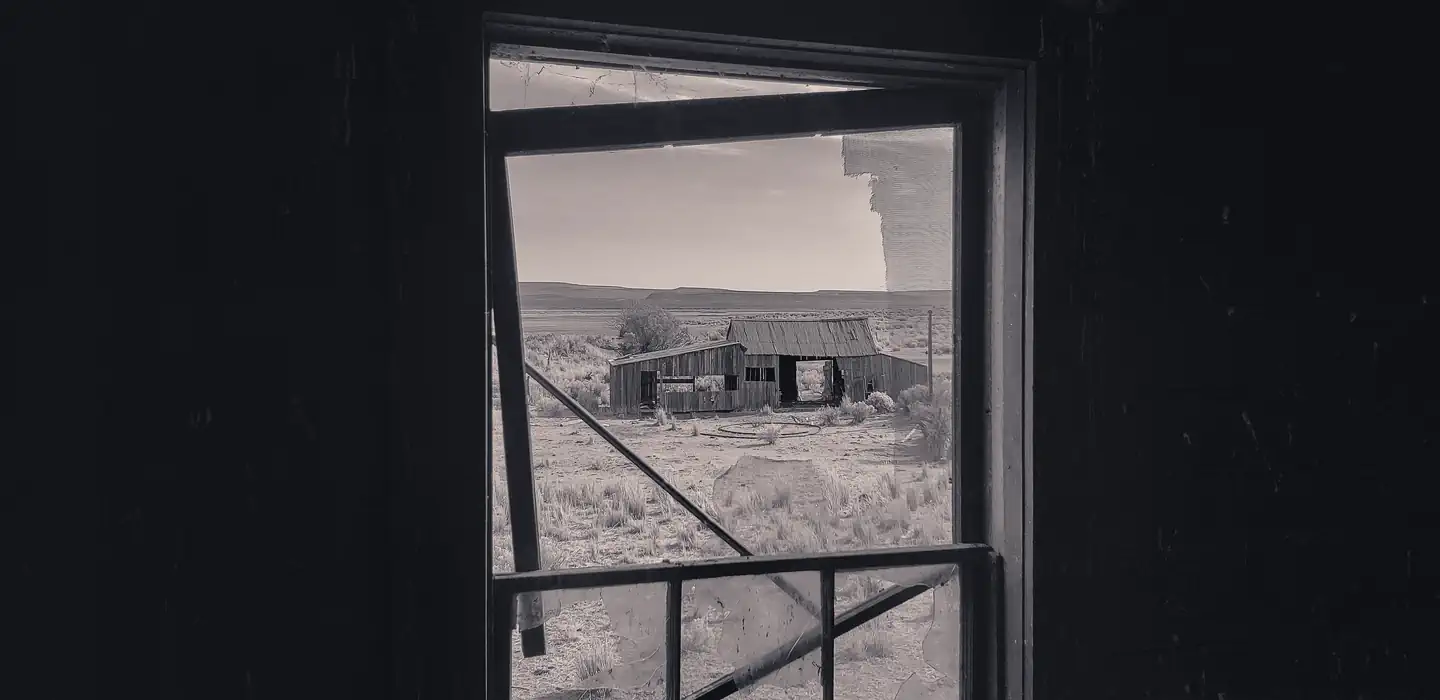Historic Shirk Ranch
Lakeview, Near Lakeview, Oregon
Historic Shirk Ranch does not offer reservations through Recreation.gov. Please take a look at the area details below for more information about visiting this location. Enjoy your visit!
Overview
Scattered throughout the BLM Lakeview District are special and unique sites. There are approximately 3.5 million acres of public lands in the district, much of it undeveloped and ready to explore.
One of those places is deep in Lake County, on the edge of the Guano Creek Wilderness Study Area, where you will find the Historic Shirk Ranch. The property was originally homesteaded during the initial settlement of Lake County in the early 1880s by the Hill family.
David L. Shirk purchased the property in 1883 and built most of the ranch's extant buildings and structures around 1910. A cattleman by trade, Shirk's main business at the ranch was said to be horses, and he had a reputation for the "finest horseflesh" in the whole county. Horse raising was a key industry well into the twentieth century before the automobile and mechanized farm machinery were widely available. Early stock was taken from the herds of wild horses that originated from loose animals left by the Spanish.
In 1914, Shirk sold the Guano Valley Ranch to the partnership of Mitchell and McDaniel of Cedarville, California. Shirk's daughter, Olive, known as one of the best "horsemen" in the area and a "tough ranch lady," leased the Shirk Ranch with her husband, Zetus Spaulding, from the Bank of Willows, California, which had acquired it in foreclosure from the Mitchell and McDaniel Partnership. The ranch became part of the Hart Mountain National Wildlife Refuge in 1942. Shirk's daughter and husband lived and worked on the ranch until Zetus death in 1945. The ranch was leased to various interests through the 1980s but has been vacant since that time. The ranch is now administered by the Bureau of Land Management.
Know Before You Go:
Please follow the regulations in place for this area, and use Leave No Trace techniques when visiting to protect its unique natural and historic qualities.
- Do not steal souvenirs - Avoid disturbing historical sites or artifacts. Leave these remnants of the past for others to enjoy.
- Pack Protection – Depending on your health, you might want to wear a facemask. Dust, pollen, or even asbestos could be in the air and could make you sick. Try wearing long sleeves, heavier pants, gloves, and boots too. If you are not looking and step on a nail, your shoe will take the bulk of the blow, not your foot. You might look silly wearing some of that stuff, but it is better than getting hurt or sick.
- Know the Dangers - When visiting abandoned places, the most obvious hazard is falling through rotten floorboards. Be sure of your footing and use extreme caution.
- Open YEAR ROUND; best access June-October.
- Accessibility is dependent on road conditions. A high clearance, four-wheel drive vehicle is recommended.
- No water or restrooms are available.
Point of Interest:
A sandstone headstone is located just west of the ranch complex on a knoll overlooking the valley and the ranch. While the circumstances of the men's death are a subject of debate and speculation, the men were killed and buried on the ranch. The headstone has been embedded in concrete to prevent its theft, but retains its original location, orientation, materials, and artisanship.


